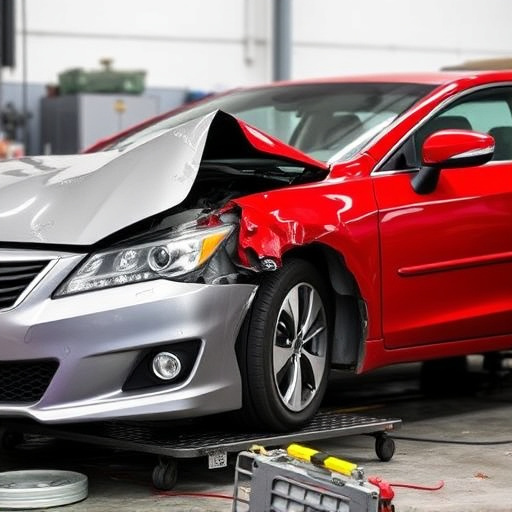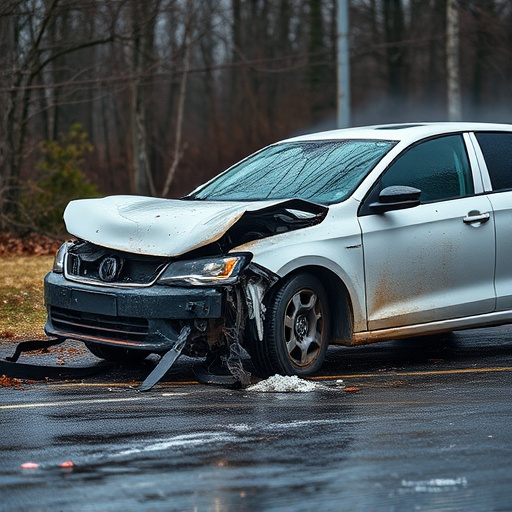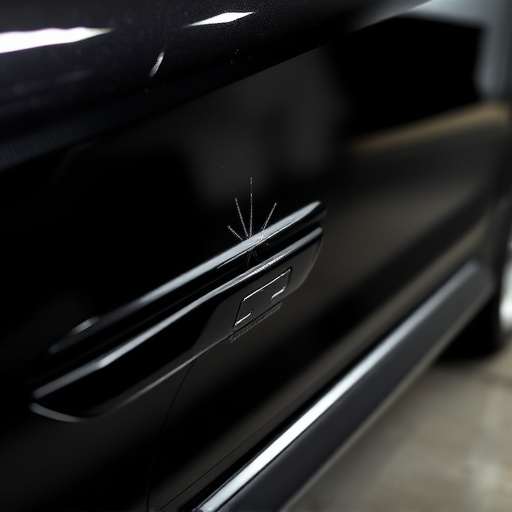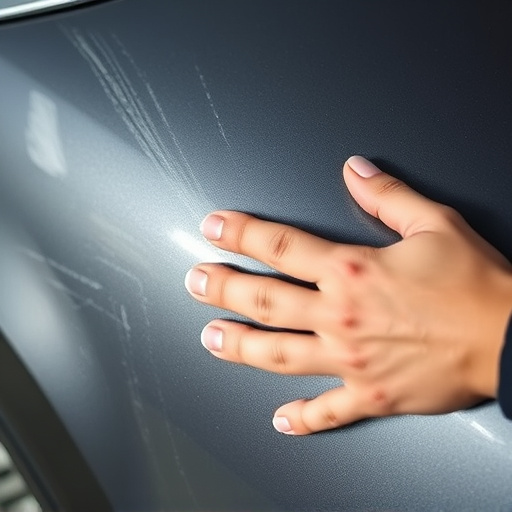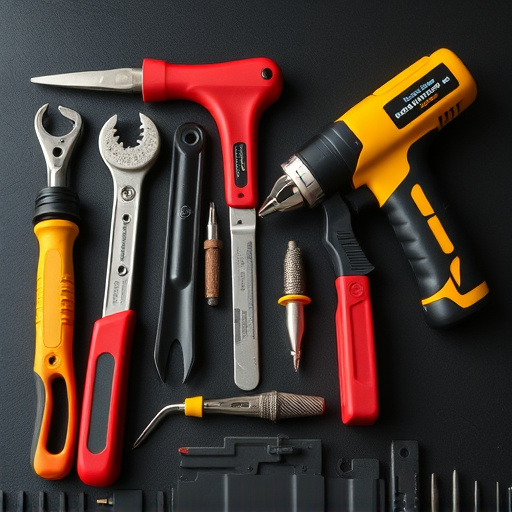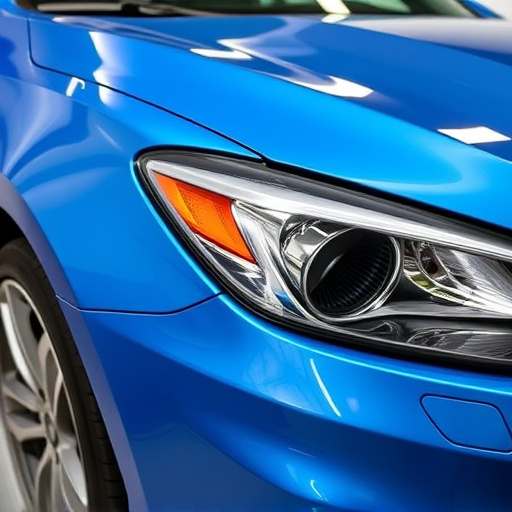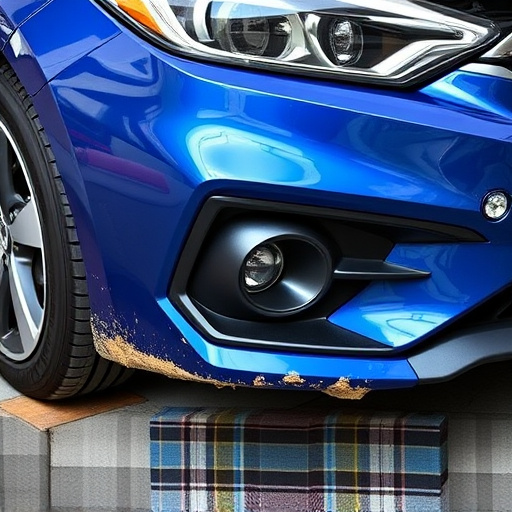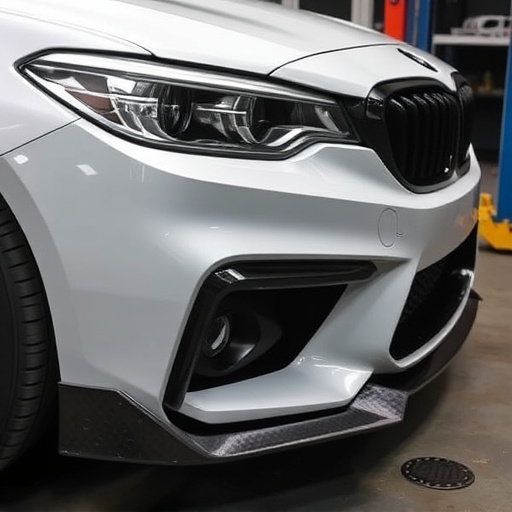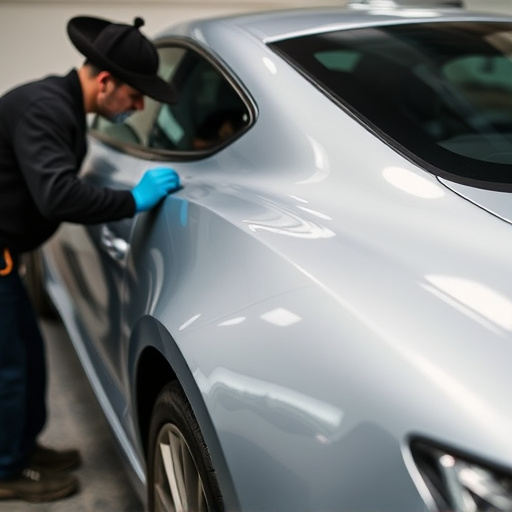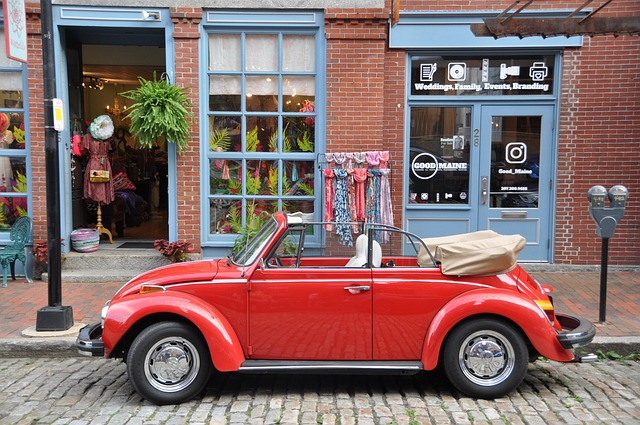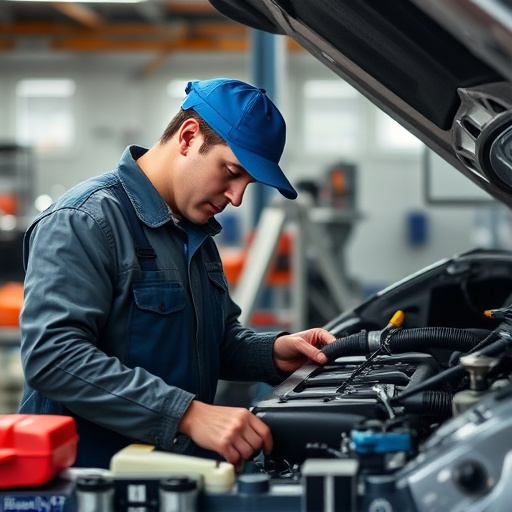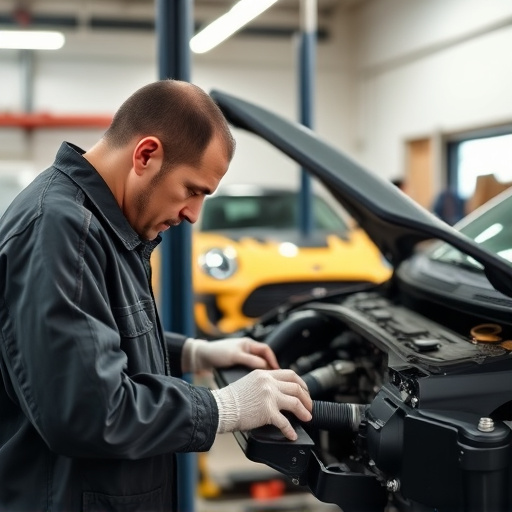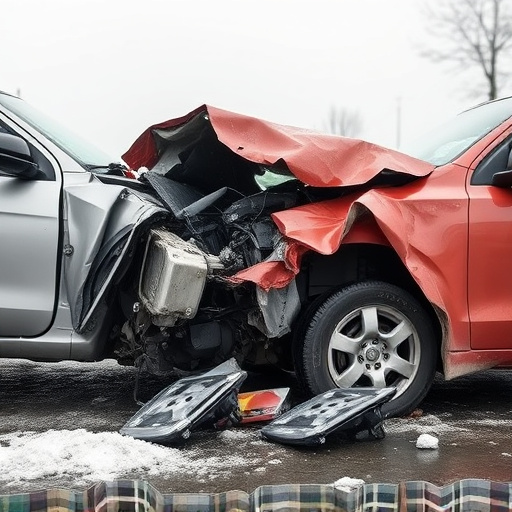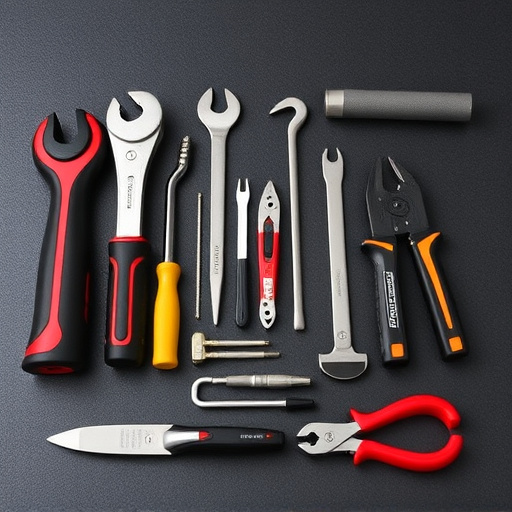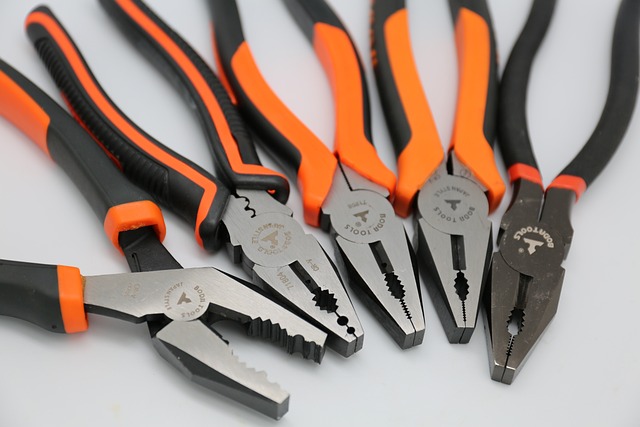Car paint restoration revitalizes damaged or faded exterior surfaces, especially crucial for classic and vintage cars. It involves assessing damage, preparing surfaces with sanding and priming, then applying matching high-quality paint. Specialized tools, materials, and workspace are essential. Regular washing, inspection, drying, waxing, and environmental protection maintain finish vibrancy and historical integrity.
Uncover the art of reviving classic and vintage cars with our guide to car paint restoration. This intricate process not only restores beauty but ensures these timeless vehicles retain their unique character. From understanding the restoration process to selecting the right tools, this article is your comprehensive resource. Learn essential tips for maintaining and preserving the delicate finishes that make these cars so special. Discover how to extend their longevity and keep them shining for years to come through effective car paint restoration techniques.
- Understanding Car Paint Restoration Process
- Essential Tools and Materials for Classic Cars
- Tips for Preserving Vintage Car Finish Longevity
Understanding Car Paint Restoration Process

Car paint restoration is a meticulous process that involves bringing damaged or faded exterior surfaces back to their original condition. It’s not just about repainting; it’s an art that requires careful attention to detail, utilizing specialized techniques and materials. The first step in this process involves assessing the damage, which could range from small scratches and chips to significant dents and rust spots. For classic and vintage cars, this assessment is crucial as these vehicles often have unique and irreplaceable finishes.
Once the damage is identified, the surface is prepared meticulously. This preparation includes sanding, priming, and applying layers of high-quality paint that match the original shade precisely. Car collision repair experts use advanced tools and techniques to ensure a seamless finish, hiding any imperfections seamlessly. Scratch repair methods vary based on the severity of the scratch, with some techniques even enhancing the car’s overall appearance by removing subtle blemishes. Choosing the right car repair shop for these intricate tasks is essential, as they possess the skills and expertise needed to restore classic cars’ beauty while preserving their historical value.
Essential Tools and Materials for Classic Cars
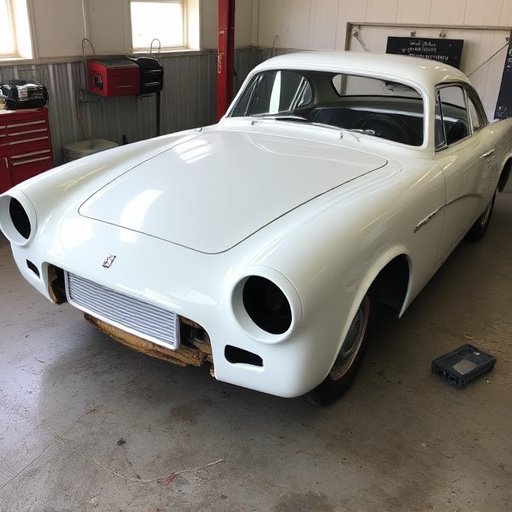
Restoring classic or vintage cars is a delicate process that requires specific tools and materials to achieve professional results. The first step in any car paint restoration project involves gathering essential items, ensuring your workspace is equipped to handle the task at hand. For car paint restoration, you’ll need specialized products such as high-quality restore compounds, polishes, and finishing agents, all tailored for the unique needs of older vehicles. These products are crucial for addressing various types of car damage repair, from small scratches and swirls to more extensive paint issues.
A well-stocked car body shop should have a range of tools, including palm sanders, cutting discs, and microfiber cloths. These aids assist in the meticulous process of removing imperfections and preparing the surface for new paint. Additionally, auto repair services often recommend using protective gear like gloves and safety goggles to safeguard against chemicals and debris during the restoration process. With these essential tools and materials in place, you’re ready to embark on the journey of revitalizing vintage cars, giving them a new lease of life and ensuring their historical integrity remains intact.
Tips for Preserving Vintage Car Finish Longevity
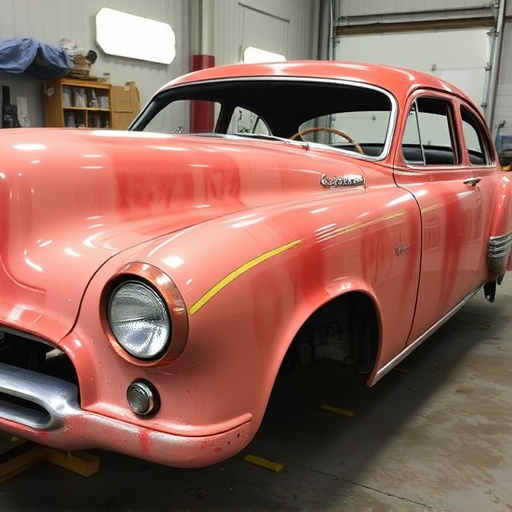
Preserving the finish on vintage cars is an art that requires dedicated care and the right techniques. One of the key aspects is regular washing and inspection. Gentle, specialized car wash methods should be employed to avoid damaging the delicate paintwork. After each wash, a thorough drying process is essential to prevent water spots and staining.
Additionally, applying wax or a protective coating can significantly enhance longevity. These layers act as a shield, repelling dirt and UV rays that can cause fading. Regular reapplication of these protective car paint services ensures the finish remains vibrant. Furthermore, keeping the vehicle covered when not in use is a simple yet effective strategy to safeguard against environmental factors, including tree sap, bird droppings, and harsh weather conditions, all of which can impact the overall condition of the vintage car’s paint repair.
Car paint restoration is an art that breathes new life into classic and vintage vehicles. By understanding the process, investing in quality tools, and following preservation tips, car enthusiasts can ensure their cherished classics maintain their gleam and value for years to come. With dedication and the right approach, bringing an old finish back to its former glory becomes a rewarding endeavor.
